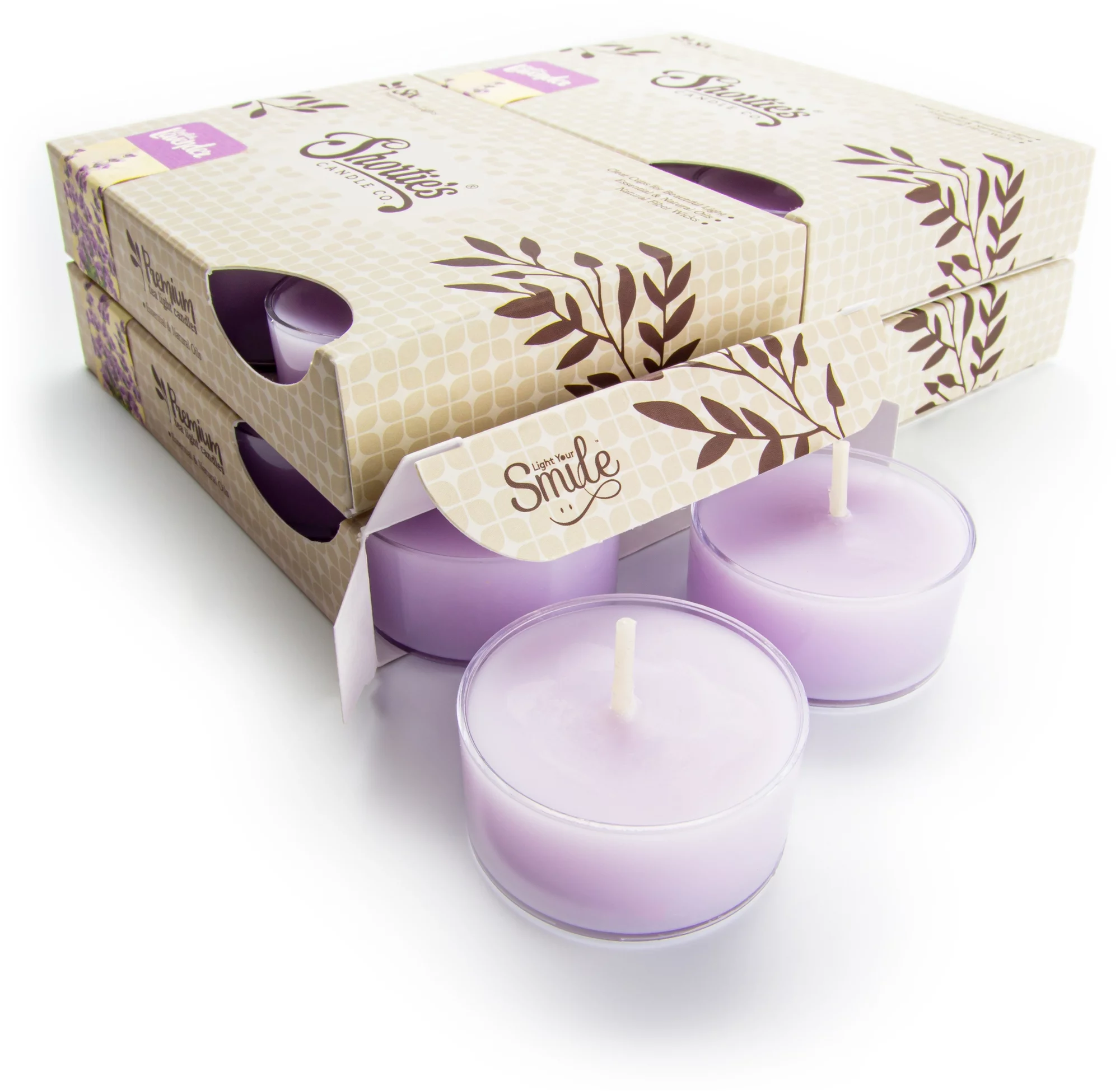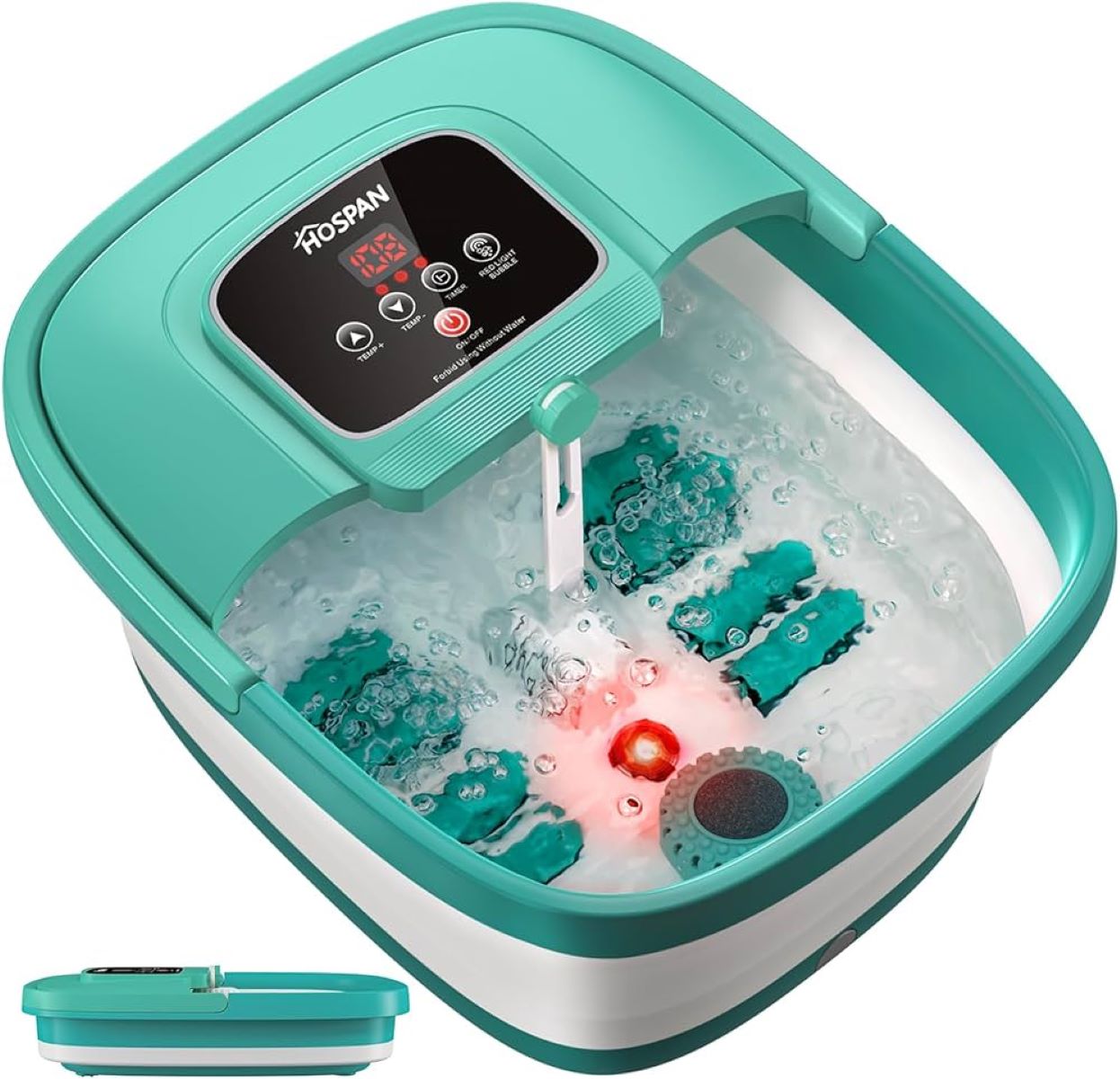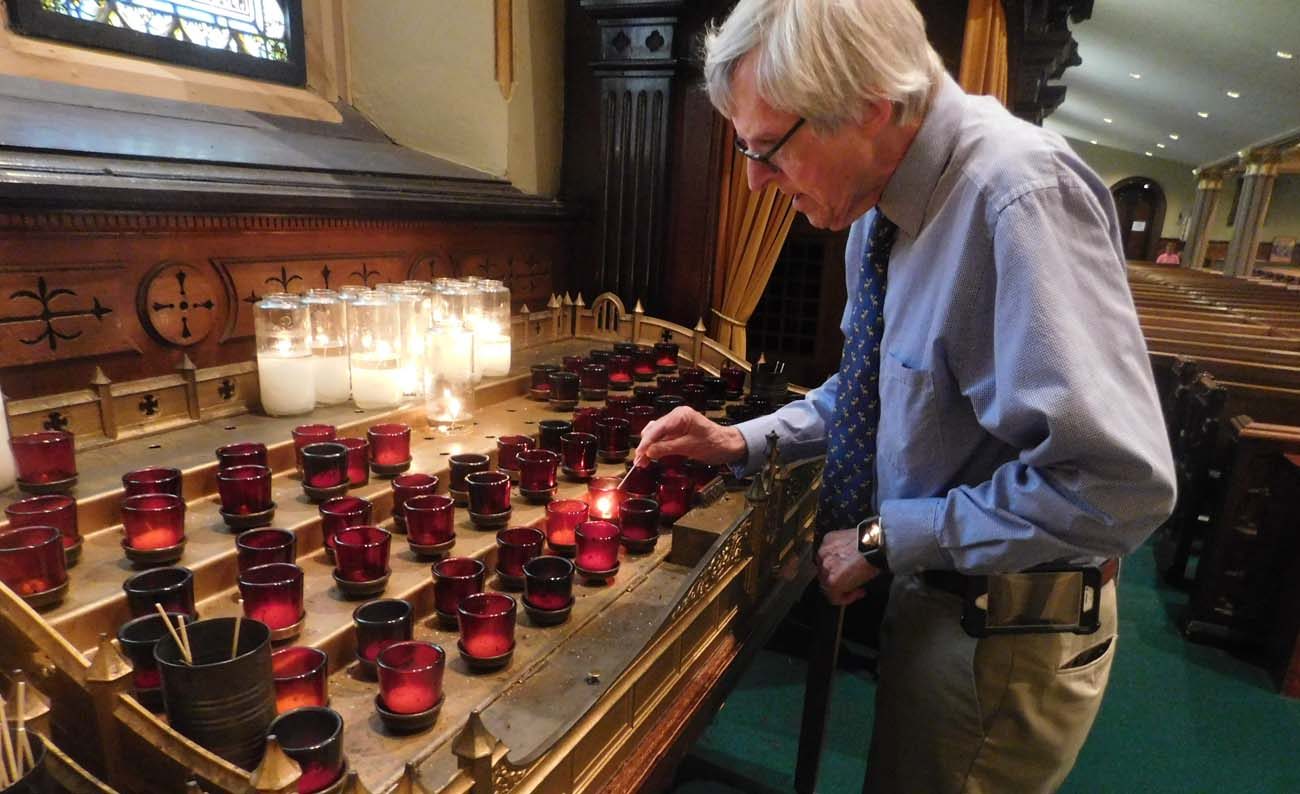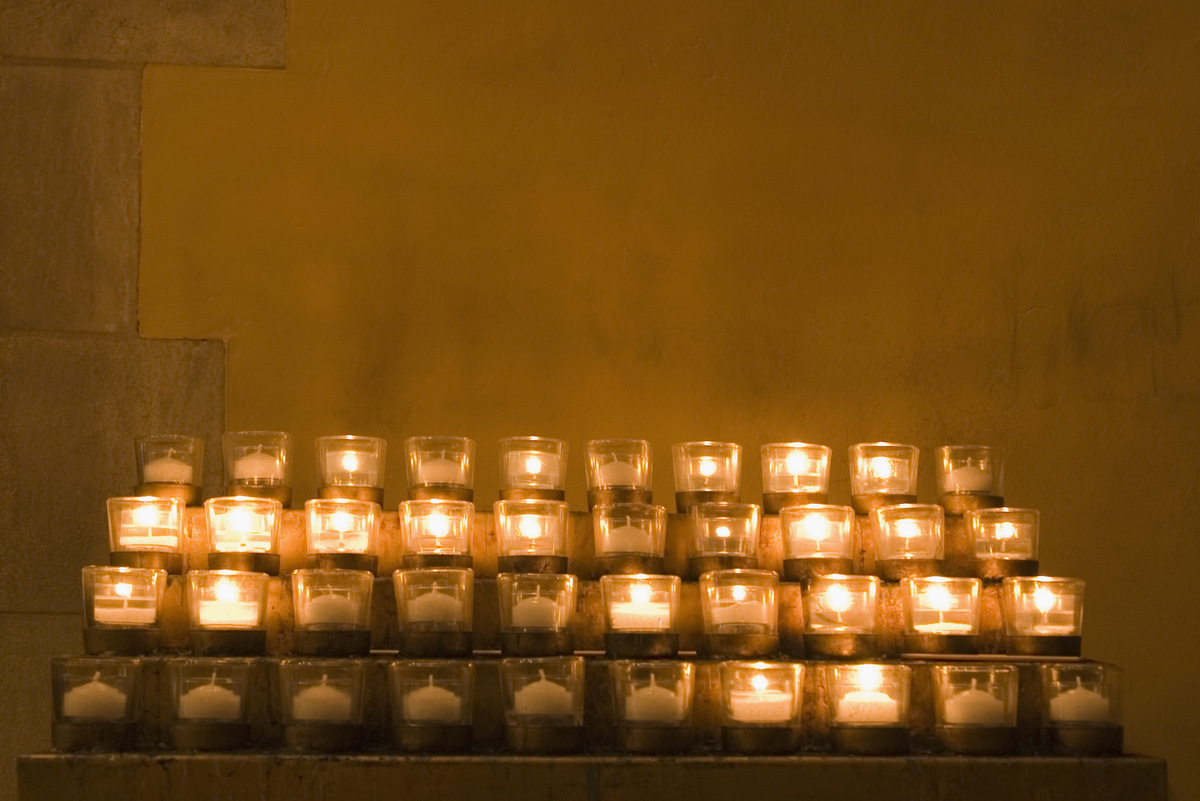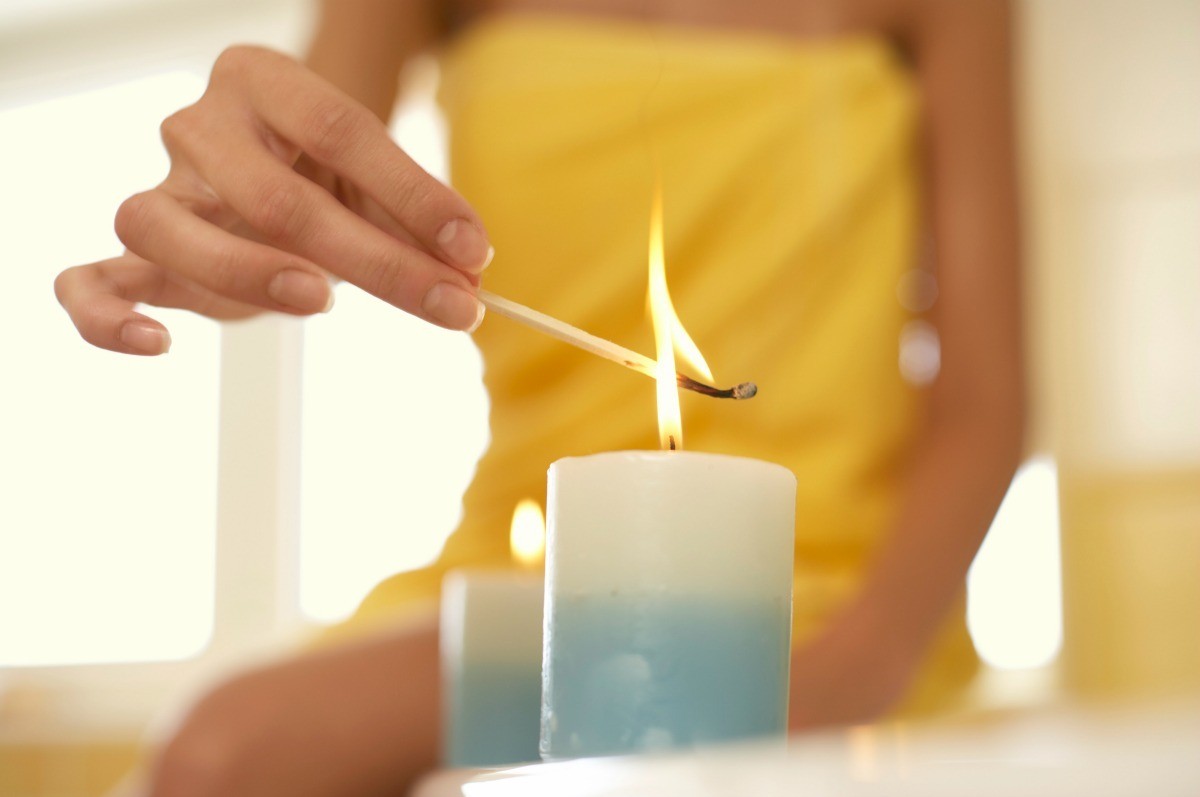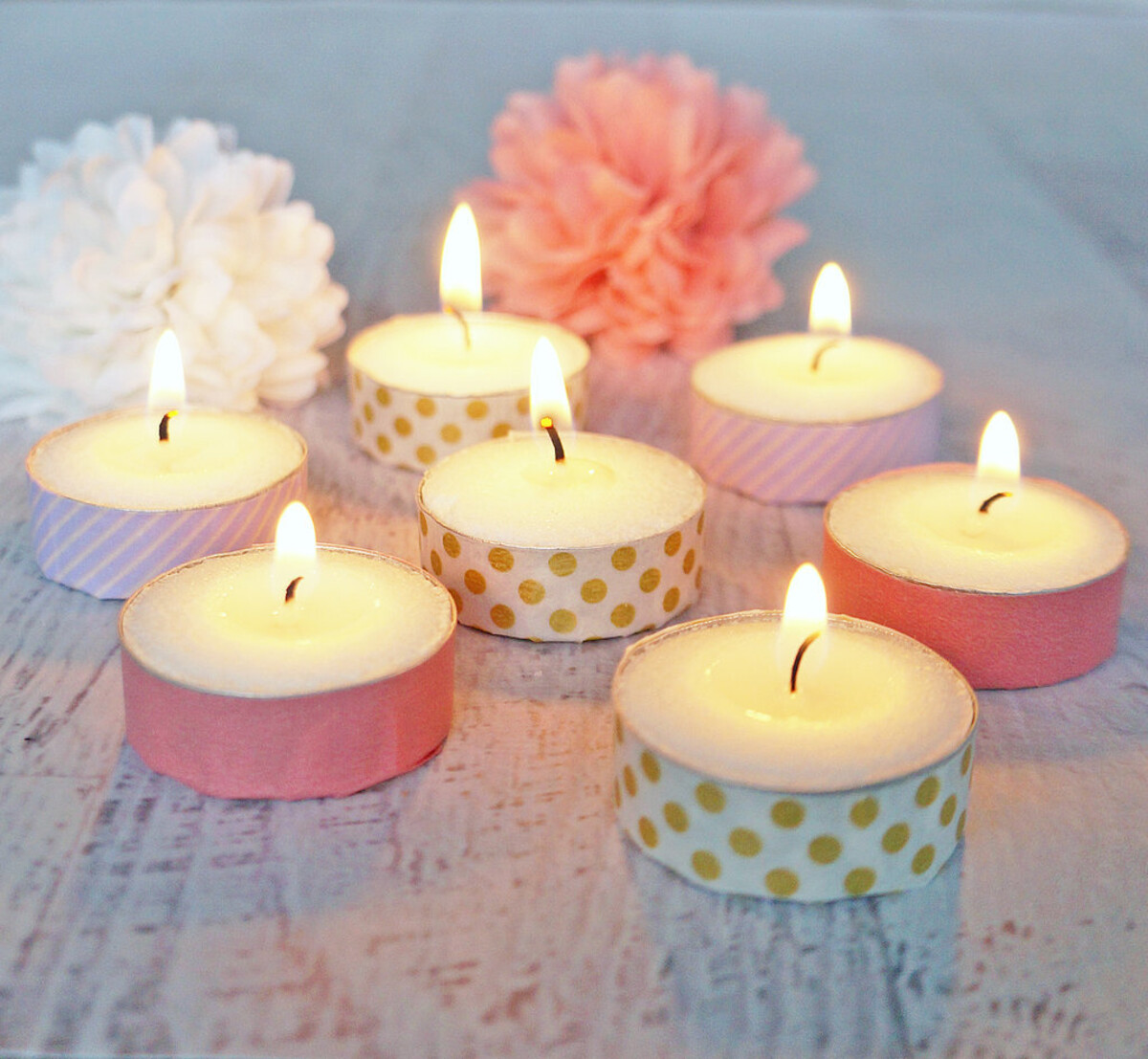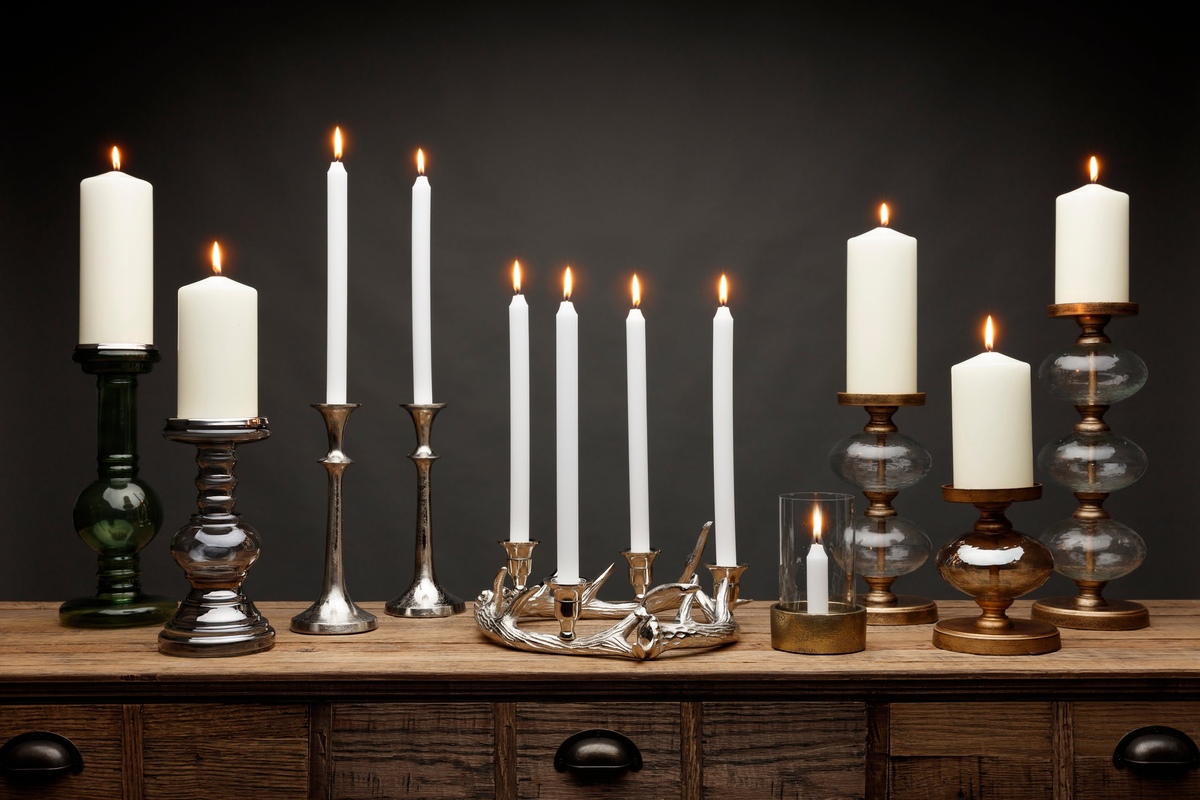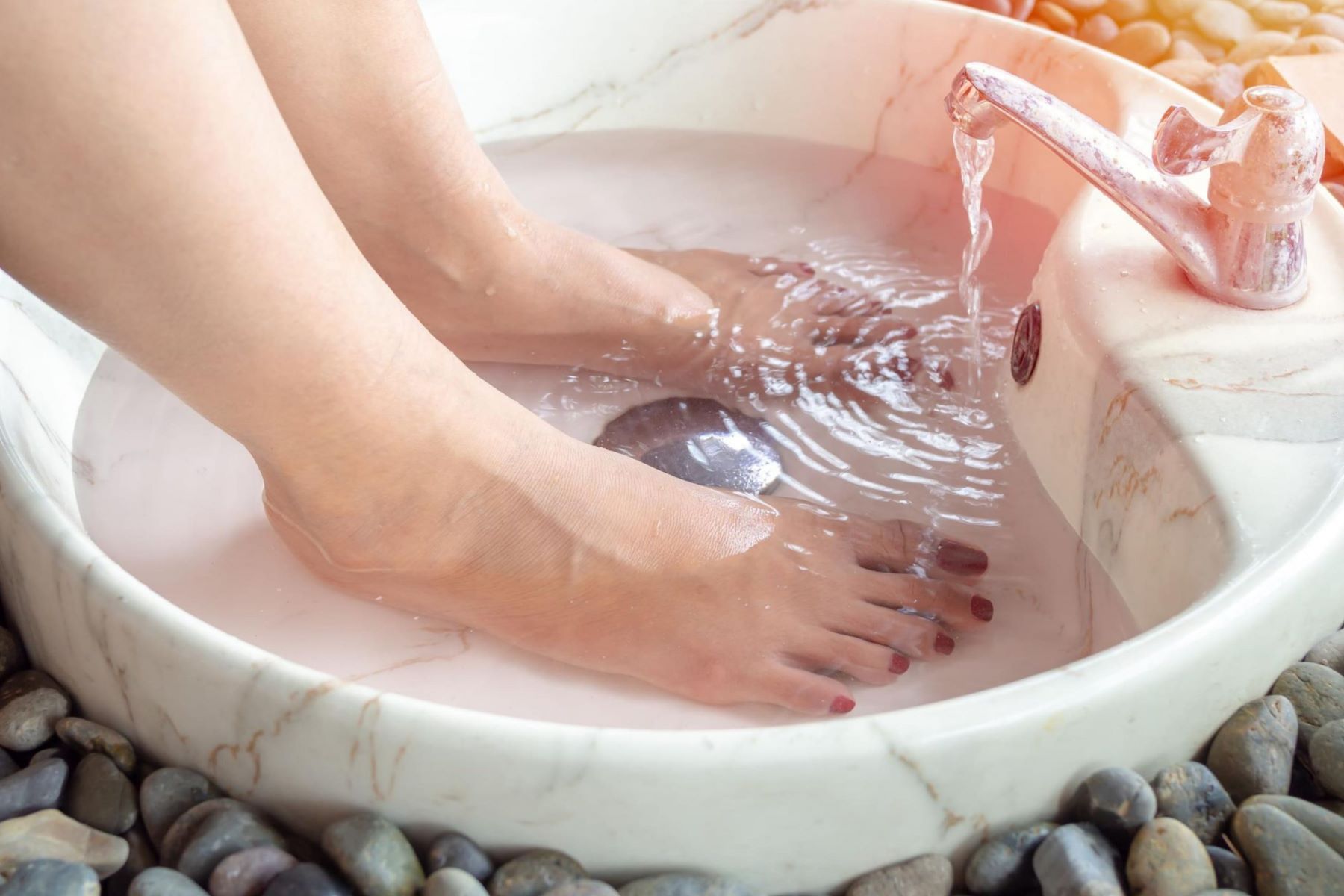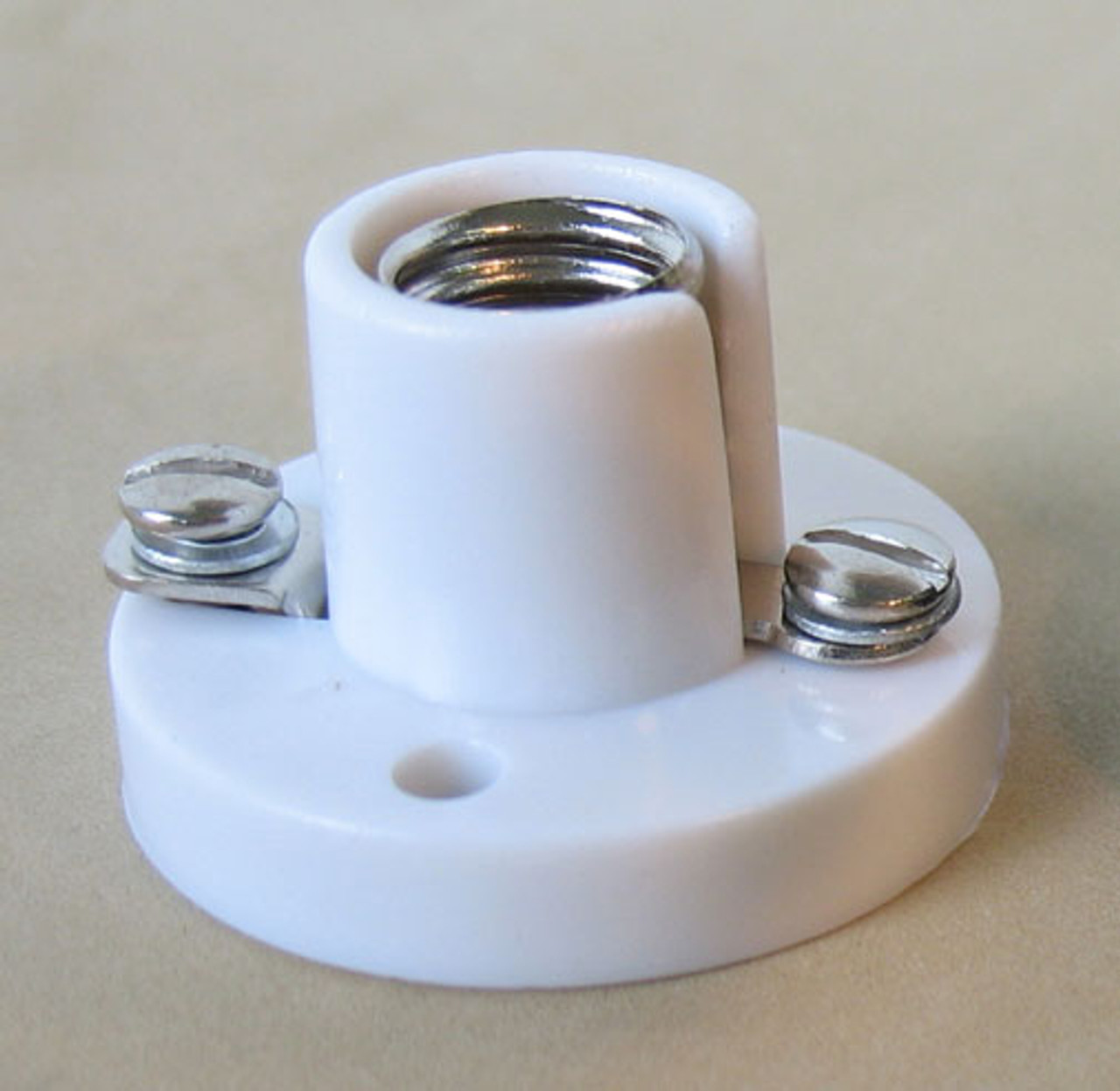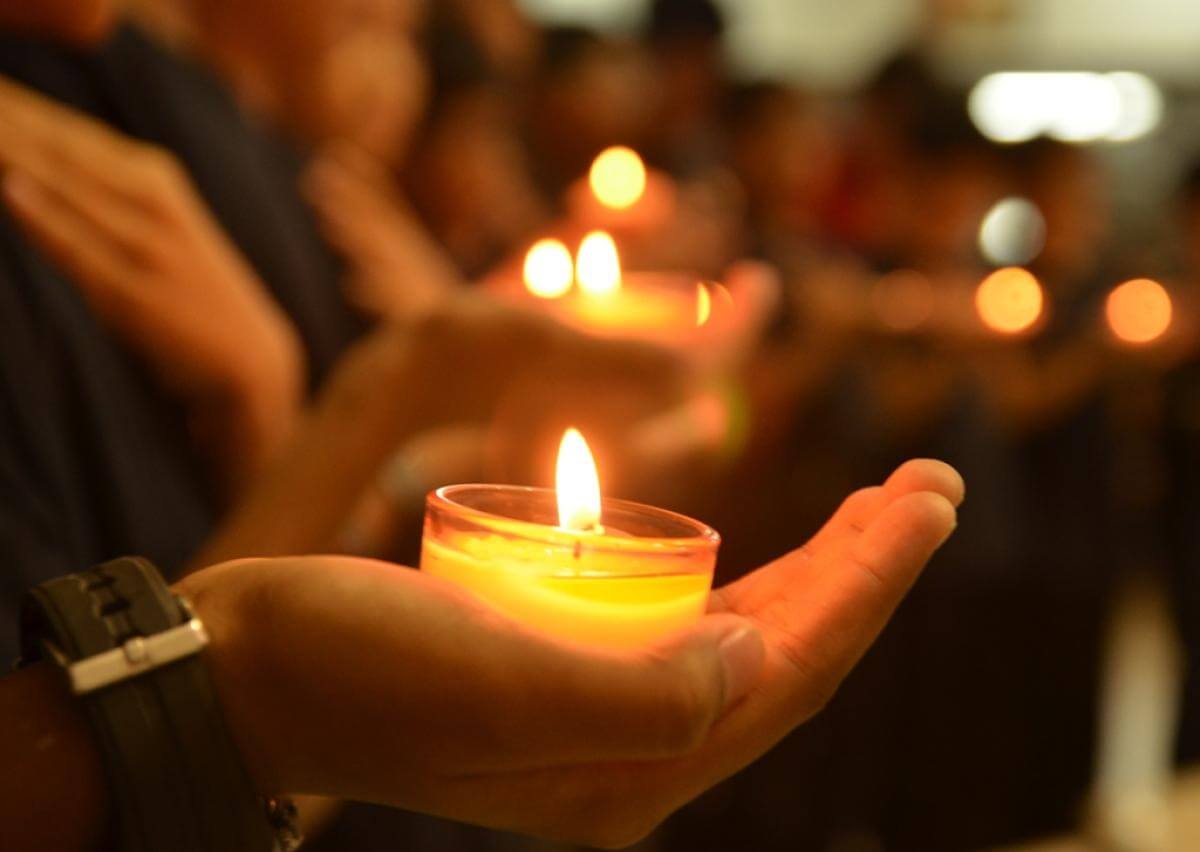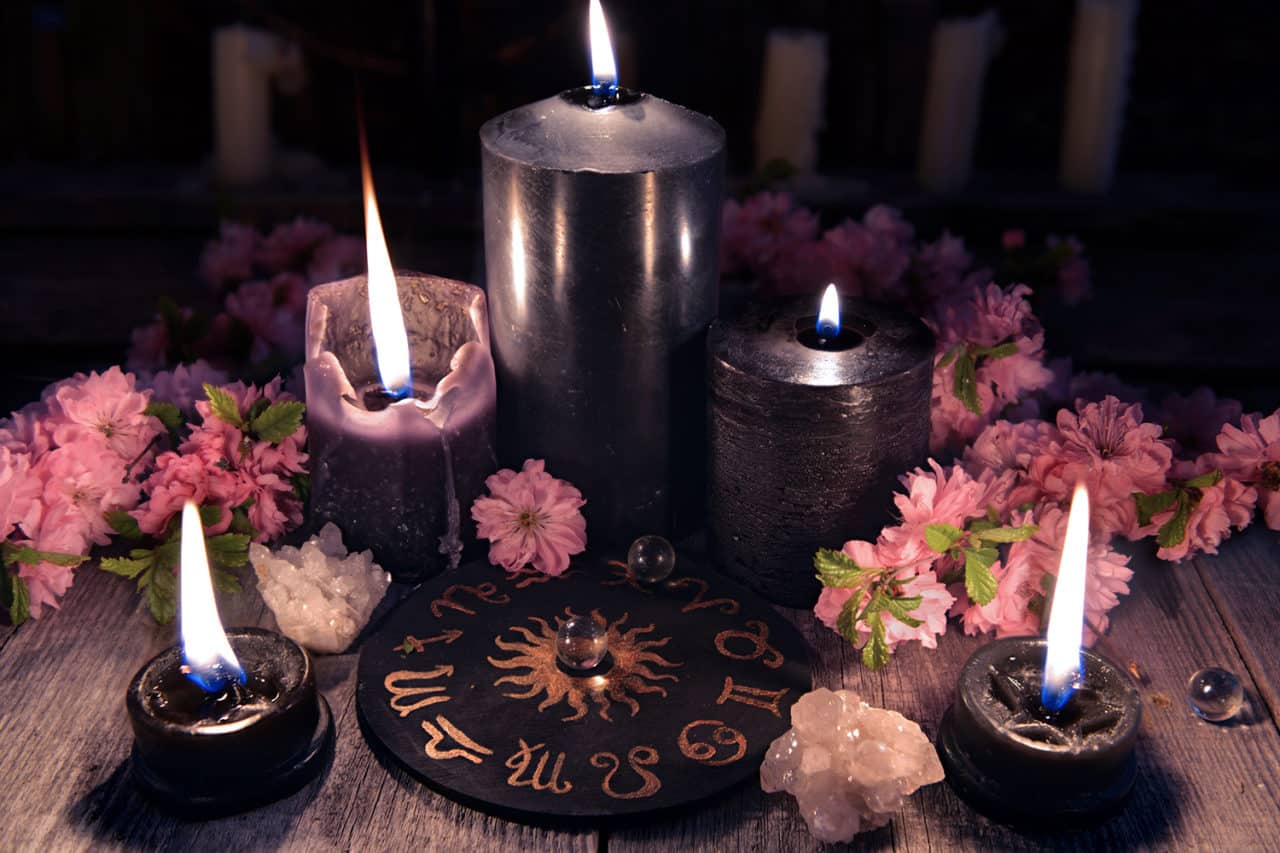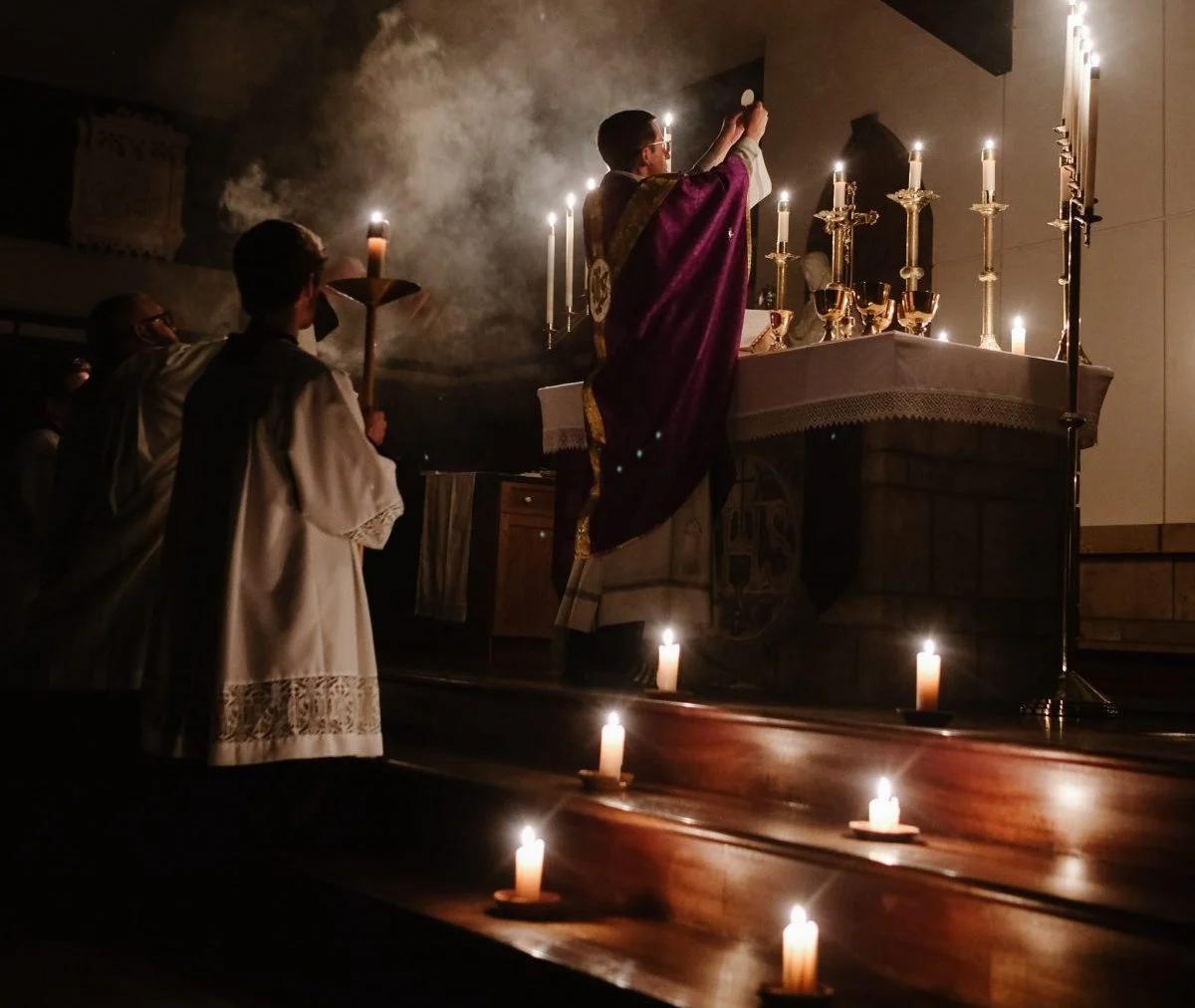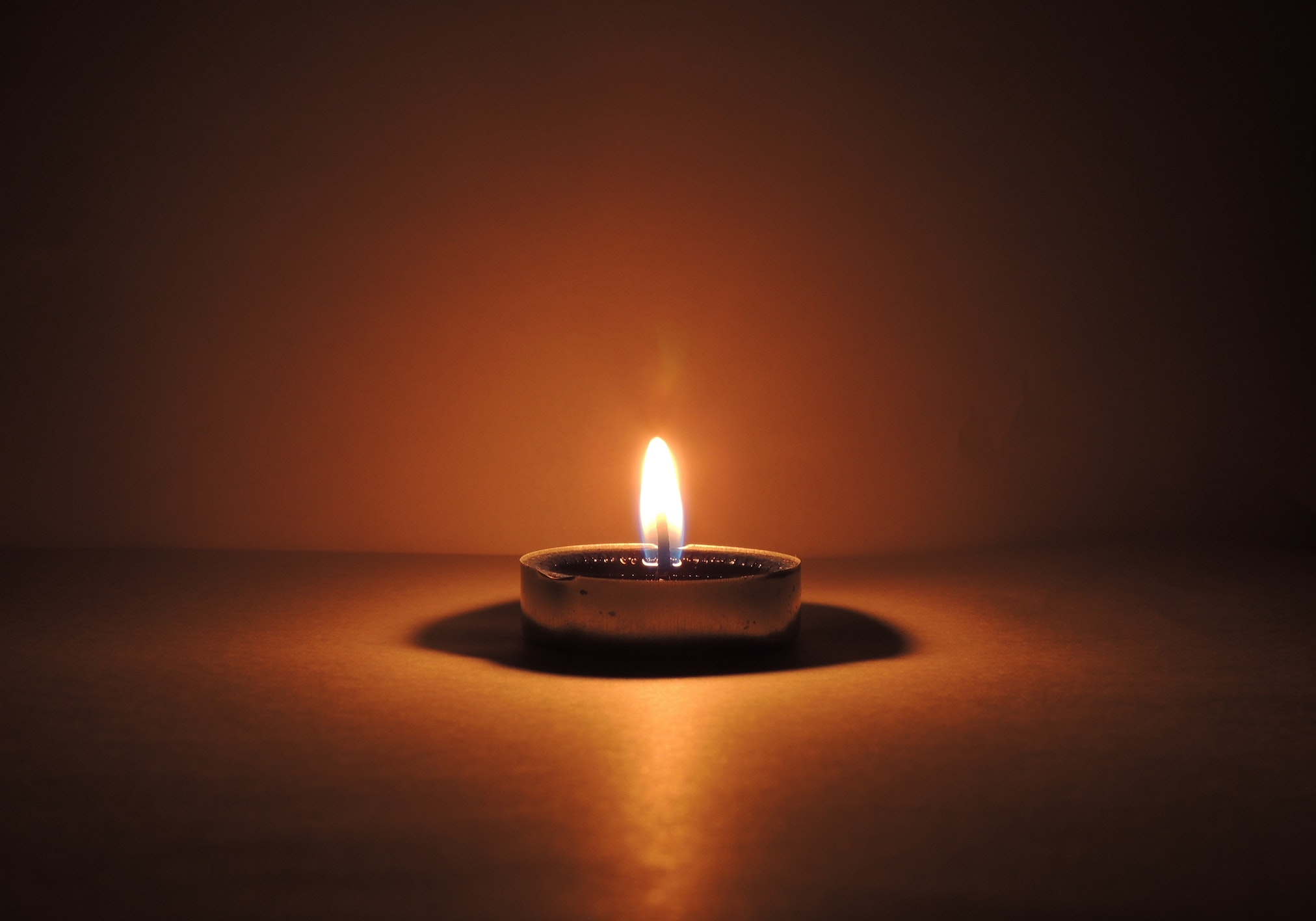

Articles
What Are Foot Candles In Lighting
Modified: January 6, 2024
Discover the significance of foot candles in lighting with our informative articles. Enhance your knowledge and create well-lit spaces.
(Many of the links in this article redirect to a specific reviewed product. Your purchase of these products through affiliate links helps to generate commission for Storables.com, at no extra cost. Learn more)
Introduction
Welcome to the world of lighting! Whether you’re an interior designer, architect, or simply someone interested in creating the perfect ambiance, understanding the concept of foot candles is essential. Foot candles are a unit of measurement used to quantify the amount of light present in a given space.
In this article, we will explore the intricacies of foot candles, including their definition, measurement, importance in lighting design, factors affecting their levels, and their specific applications.
So, whether you’re planning a cozy living room, a well-lit office space, or a vibrant restaurant, get ready to shed some light on the fascinating world of foot candles and enhance your understanding of lighting design.
Key Takeaways:
- Foot candles are crucial for creating visually comfortable and functional environments. Understanding their measurement, factors affecting levels, and specific applications is essential for effective lighting design.
- Different applications require tailored foot candle levels to meet specific needs. From residential spaces to commercial offices and outdoor areas, foot candles play a vital role in enhancing visual comfort, task performance, ambiance, and safety.
Definition of Foot Candles
Foot candles are a unit of measurement used to determine the intensity of light in a specific area. Specifically, it measures the amount of light that falls on a surface with an area of one square foot located one foot away from a single candle’s flame.
To put it simply, foot candles indicate how bright or dim a space will appear. The higher the foot candle value, the brighter the area will be, and conversely, a lower foot candle value indicates a dimmer space.
In technical terms, foot candles can be defined as the illuminance provided by one lumen of light evenly distributed on a surface area of one square foot. It helps us quantify the intensity of light and plays a crucial role in lighting design and calculations.
For example, let’s say you have a room with a foot candle measurement of 50. This means that the total amount of light that falls on every square foot of that room is equivalent to the light emitted by one candle placed one foot away.
Understanding the concept of foot candles is vital for lighting professionals as it assists in determining the appropriate lighting levels for various applications.
Measurement of Foot Candles
Foot candles are measured using a device called a light meter, which is specifically designed to quantify the amount of light in a given area. The light meter measures the illuminance or amount of light falling on a surface and provides the value in foot candles.
When measuring foot candles, it is important to consider the distance between the light source and the surface being measured. The foot candle measurement decreases as the distance increases due to the inverse square law. According to this law, the intensity of light diminishes as the square of the distance from the source increases.
For example, if you have a light source positioned one foot away from a surface, and it emits a total of 100 foot candles, the foot candle measurement will reduce to 25 if the distance is doubled to two feet.
When using a light meter, the process typically involves placing the meter in the area of interest and allowing it to gather light data over a specific period. The light meter then calculates the foot candle measurement based on the collected data and provides the user with a numerical reading.
Light meters are available in various forms, ranging from handheld devices to those that are mounted or integrated into light fixtures. Some advanced light meters may also offer additional features such as color temperature measurements and calculation of other lighting parameters.
It is important to note that foot candle measurements should be taken in different areas of a space to ensure uniform lighting and avoid variations. This helps in achieving the desired lighting levels and avoiding dark or overly bright spots in the environment.
Importance of Foot Candles in Lighting Design
Foot candles play a critical role in lighting design as they provide a standardized way to measure and determine the appropriate lighting levels for different applications. Understanding the importance of foot candles can help create visually appealing, functional, and comfortable environments.
1. Visual Comfort: Proper lighting levels, measured in foot candles, contribute to visual comfort. Insufficient lighting can strain the eyes, leading to eye fatigue, headaches, and decreased productivity. On the other hand, excessive lighting can cause discomfort, glare, and even affect mood. Foot candles help strike a balance to create a visually comfortable environment.
2. Task Performance: Different activities require varying lighting levels. For example, reading or detailed tasks require higher foot candle measurements to ensure adequate illumination. Foot candles help determine the right amount of light for specific tasks, enhancing performance and reducing errors or accidents.
3. Ambiance and Mood: Lighting sets the tone and creates an ambiance in a space. Foot candles can be used strategically to create desired atmospheres, such as intimate and cozy settings or bright and energetic environments. By adjusting foot candles, lighting designers can manipulate the mood and atmosphere of a room to create the desired aesthetic appeal.
4. Energy Efficiency: Properly measuring foot candles helps avoid overlighting spaces, resulting in unnecessary energy consumption. By determining the appropriate foot candle levels for different areas, lighting designers can optimize energy usage without compromising visibility and functionality.
5. Compliance with Standards: Foot candles are often used to comply with industry standards and regulations. Different applications, such as workplace lighting, parking lot lighting, and outdoor lighting, have specific foot candle requirements to ensure safety and adherence to guidelines.
By considering the importance of foot candles in lighting design, designers can create well-illuminated spaces that cater to both functional and aesthetic needs. Whether it’s a residential space, commercial establishment, or public area, foot candles provide a valuable tool for achieving optimal lighting and enhancing the overall experience of the space.
When measuring foot candles in lighting, remember that one foot candle is equal to the amount of light one candle emits from one foot away. This measurement is important for determining the appropriate lighting levels for different spaces.
Factors Affecting Foot Candles
Several factors influence the measurement and distribution of foot candles in a given space. Understanding these factors is crucial in achieving the desired lighting levels and creating a well-lit environment. Here are some of the key factors that can affect foot candles:
1. Light Source: The type, wattage, and quality of the light source have a significant impact on the foot candles produced. Different light sources, such as incandescent bulbs, fluorescent tubes, or LEDs, have varying lumen outputs and distribution patterns. A higher lumen output light source will generally result in higher foot candle measurements.
2. Distance: As mentioned earlier, the distance between the light source and the surface being illuminated plays a crucial role in foot candle measurement. The intensity of light decreases as the distance increases due to the inverse square law. Thus, moving a light source farther away will result in a lower foot candle measurement on the surface.
3. Beam Angle: The beam angle of a light source determines the spread of light it emits. A narrow beam angle will concentrate the light, resulting in higher foot candles in a specific area. Conversely, a wider beam angle will distribute the light more evenly, leading to lower foot candles overall.
4. Obstructions: Objects or obstructions in the path of light can obstruct or scatter the light, leading to variations in foot candle measurements. Shadows, furniture, architectural features, or even people in a space can affect the distribution of foot candles. Proper positioning and alignment of light sources are essential to minimize obstructions and achieve uniform lighting.
5. Reflectance of Surfaces: The reflectance or reflectivity of the surfaces in a space can significantly impact foot candles. Light-colored, reflective surfaces will bounce and distribute light, resulting in higher foot candle measurements. On the other hand, darker or absorbent surfaces will absorb more light, leading to lower foot candles in the area.
6. Room Size and Layout: The size and layout of a room determine the overall foot candle distribution. Larger spaces require higher lumen output or additional light sources to achieve adequate foot candles throughout the area. Additionally, the arrangement and placement of light sources need to be optimized to ensure even lighting in various parts of the room.
By considering these factors, lighting designers can make informed decisions regarding light source selection, positioning, and overall lighting design. This knowledge helps achieve the desired foot candle levels and create visually appealing, functional, and balanced lighting environments.
Foot Candles for Different Applications
The appropriate foot candle levels vary depending on the specific application and the desired lighting objectives. Here are some common applications and their corresponding foot candle recommendations:
1. Residential Spaces: In residential areas, foot candle requirements differ based on the room and its intended purpose. General living spaces, such as living rooms or bedrooms, typically require an average of 10-20 foot candles for comfortable ambiance. Task-oriented areas, such as kitchen countertops or study areas, may need higher foot candle levels ranging from 30-50 for optimal visibility.
2. Commercial Offices: Office spaces should have adequate lighting to ensure comfortable and productive work environments. General areas, such as hallways or circulation spaces, generally require around 20-30 foot candles. Workstations and desks may need 30-50 foot candles, while meeting rooms and conference rooms benefit from higher foot candles, ranging from 50-100 for clear communication and visibility.
3. Retail Stores: Proper lighting is essential in retail environments to enhance product visibility and create an inviting atmosphere. Depending on the nature of the merchandise, foot candle recommendations can vary. General retail spaces typically require foot candles ranging from 30-50. However, areas like product displays, showcases, or dressing rooms may require higher foot candle levels, up to 75-100, to highlight specific products or improve visibility.
4. Hospitality Venues: Hotels, restaurants, and other hospitality venues require lighting that combines functionality and aesthetic appeal. Entryways and reception areas should have around 10-20 foot candles to provide a warm and inviting atmosphere. Dining areas may require foot candles ranging from 30-50 for a comfortable ambiance, while bars or lounge areas may benefit from higher foot candle levels, up to 50-75, to create a vibrant and lively atmosphere.
5. Outdoor Spaces: Outdoor lighting depends on the specific application, such as parking lots, pathways, or sports fields. Parking lots typically require foot candles ranging from 1-5 for safety and security. Pathways or walkways may require 5-10 foot candles to ensure visibility and prevent accidents. Sports fields, depending on the sport, may require much higher foot candles, ranging from 50-2000, to provide adequate lighting for players and spectators.
It should be noted that these foot candle recommendations serve as general guidelines. Lighting design considerations may vary based on specific factors such as local regulations, personal preferences, and the specific requirements of each space.
By tailoring foot candle measurements to the intended application, lighting designers can create well-illuminated environments that meet the functional and aesthetic needs of the space while ensuring visual comfort and safety.
Conclusion
Foot candles play a vital role in lighting design, providing the means to quantify and determine the appropriate lighting levels for various applications. Understanding foot candles allows lighting professionals to create visually appealing and functional environments that enhance visual comfort, task performance, and overall ambiance.
Measurement of foot candles involves using a light meter to determine the illuminance on a surface. Factors such as the light source, distance, beam angle, obstructions, reflectance of surfaces, and room layout can affect foot candle levels, necessitating careful consideration during the lighting design process.
Different applications require specific foot candle recommendations. Residential spaces benefit from 10-20 foot candles in general areas and higher levels of 30-50 for task-oriented spaces. Commercial offices typically require 20-30 foot candles in general areas, while workstations and meeting rooms may need 30-50 or more. Retail stores, hospitality venues, and outdoor spaces also have their own foot candle requirements to create the desired atmosphere and ensure safety and functionality.
In conclusion, foot candles serve as a crucial measurement unit in lighting design, enabling lighting professionals to create well-lit environments that meet the practical and aesthetic needs of each space. By understanding the concept of foot candles, considering various factors, and tailoring lighting to specific applications, designers can achieve optimal lighting levels, enhancing the overall experience and enjoyment for users.
So, the next time you’re planning a lighting project, remember the significance of foot candles and let them guide you in creating beautifully lit spaces that leave a lasting impression.
Frequently Asked Questions about What Are Foot Candles In Lighting
Was this page helpful?
At Storables.com, we guarantee accurate and reliable information. Our content, validated by Expert Board Contributors, is crafted following stringent Editorial Policies. We're committed to providing you with well-researched, expert-backed insights for all your informational needs.
